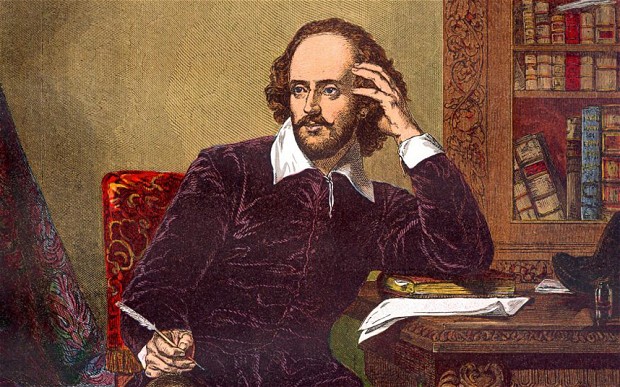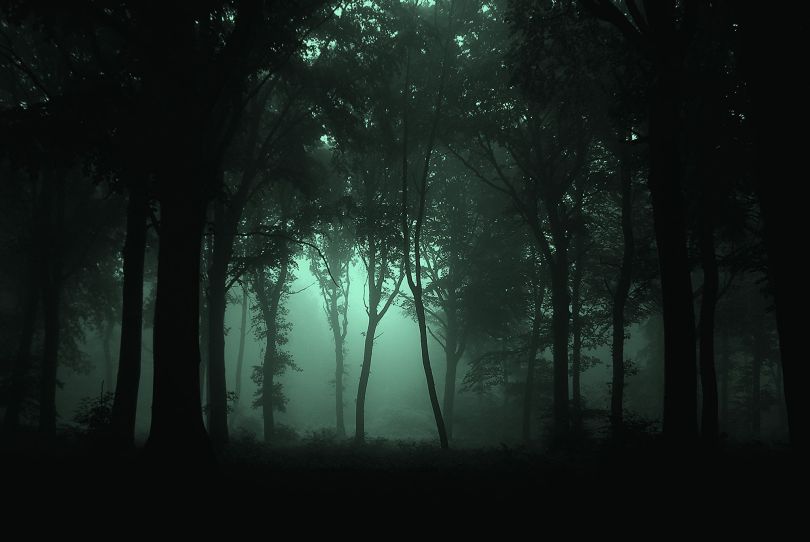
Welcome to the site! Allow me to introduce its purpose, themes, and format.
I created this site for an undergraduate Shakespeare class at Emory University. The class, ENG 210W: Shakespeare’s Globe, explored a handful of Shakespearean plays and performances, with an emphasis on how they inform contemporary issues, particularly environmental concerns. This site, then, serves as a record of my own inquiries into how these enduring and esoteric plays survive to illuminate current issues like climate change.
For the purposes of this site, Shakespeare becomes a kind of ecology—a living, breathing subject that responds to shifts in culture and academia. These plays, while historically significant, offer much more than their historical interpretations might suggest. They reflect on the very psychology and sensibility that comprise the human condition. In particular, Shakespeare frequently comments on humanity’s relationship with nature. In what ways do these considerations of nature and human influence shine light on today’s environmental concerns? That question, along with some other considerations, become the subject and purpose of this website.
Unfortunately, Shakespeare does not offer a definitive interpretation of nature. For Gonzalo and his sailors in The Tempest, nature offers a potential for innocence and abundance. For Prospero and King Lear, however, nature becomes subjugated for their own advantage and ambition. In Titus Andronicus, nature provides an asylum for Chiron and Demetrius’s dark desires to play out, causing other characters to contemplate whether our planet’s natural order promotes life and prosperity, or chaos and violence. Ultimately, Shakespeare’s conflicting portrayals of nature parallel humanity’s own complicated relationship with the environment, which is precisely why Shakespeare studies can inform contemporary environmental issues.
Along the way, other assignments spurred me to consider other topics, like language, violence, and power. I explored these topics through a variety of mediums. The class emphasized “multimodal research techniques” to overcome a common handicap in conventional Shakespeare studies—the impulse toward historicist interpretations. While historical contexts certainly prove vital in understanding the plays, the concepts and themes benefit from their consideration not only in relation to contemporary issues, but also through contemporary means.
It is my hope that this site demonstrates Shakespeare’s capacity to contribute meaningfully to current conversations about climate change and other environmental issues. Furthermore, I hope that this site illustrates the benefit in addressing Shakespeare through unconventional, alternative methods by transcending, but not ignoring, traditional interpretations and presentations.
As I mentioned, this site tackles Shakespeare through a variety of analytical styles. Although the site exists more or less as a blog in terms of format, most entries reflect greater consideration than a casual blog post. The entries include a paper, an infographic, a presentation, a digital edition that includes a glossed text, and a handful of blog posts.
This variety of techniques challenged me to step out of the conventional rhetorical frame that most English classes operate within. I saw how analysis could occur and develop without thesis statements or even words, at all. The most compelling explorations of Shakespeare leverage not only their content, but also their presentation.
The first short paper, covering The Tempest, provided an opportunity to gain footing not only with writing about Shakespeare, but also with working through the diversity of interpretive modes within Shakespeare studies. In the paper, I examined an essay by Ingo Berensmeyer that advocates for “media ecology,” or the potential for a work like The Tempest to function across many mediums and generations due to its emphasis on fundamental, unchanging human drives and concerns. The essay, a familiar format, offered a chance to grapple with new ideas surrounding Shakespeare studies within a comfortable medium.
The next assignment tugged at my fledgling artistic sensibilities. Using Piktochart, I created an infographic that examined Shakespeare’s use of insults and, more broadly, the uniquely volatile character of vernacular language. The assignment developed my eye for design. I was challenged to consider what my viewers would think, where they would look first, in what sequence they would read through the graphic. Unlike in writing a paper, I thought acutely about how my work would be interpreted rather than merely developing an argument.
This newfound awareness of the reader carried over to my “Digital Edition,” an assignment that argued for the parallel between the ingratitude that King Lear’s daughters show toward their father in his final years, and the ingratitude that humans show toward our “mother” earth. I examine the strange phenomenon of caring for one’s original caretaker, or parent, as they grow older, and how this relates to the current need to care for the Earth. Again, I sidestepped the conventional frame of analysis and looked at both critical responses to King Lear and contemporary stagings of the play. It concludes with a close reading and glossed text of a passage from the First Quarto of the play.
My last assignment, a presentation of violence and power in Titus Andronicus, leveraged the power of images to convey the significance of violence. Although I kept it PG-13, the images nevertheless helped illustrate concepts like the commodification of human flesh, and the relationship between Saturninus and the Saturn of Roman mythology. This unconventional medium provided further evidence for the idea that Shakespearean analysis benefits from contemporary modes of presentation.
Going forward, I aim to apply the skills I’ve learned in this course when thinking through other contemporary problems. Climate change is not merely an isolated, recent issue; it is the manifestation of a hubris that began long ago, and that Shakespeare comments on frequently. I intend to explore how other classic texts and celebrated authors dealt with the human-nature dynamic, and how that can further inform today’s conversations.
Furthermore, this class has developed my research and presentation skills, which I will confidently carry over to law school one year from now. The diversity of both content and presentation that this course encouraged will help me to think through concepts and understand how older documents, like Supreme Court cases, can inform today’s issues. Law school frequently demands robust personal consideration of past attitudes and legal decisions. I am confident that this course has taught me to not only respect historical interpretations, but also formulate my own ideas within my position in contemporary society.
I have a newfound appreciation for mediums like visual renderings and slideshow presentations to convey ideas that are typically confined to an essay. Certain concepts, like violence, benefit from audiovisual enhancement. In the future, I will actively consider how new forms of media can supplant or complement conventional methods. This site mainly examines Shakespeare’s relation to contemporary environmental concerns—which is, after all, just one example of how the past can inform the present.
